
A couple of months ago, at the intersection of Adams Blvd and Central Avenue, in what is known as Historic South Central, the green mermaid sign went up. Photo by Brenda Verano
South Central, Los Angeles, one of the region's most historically and culturally driven communities, with a grand population of working-class people, immigrants, local businesses and street vendors, is no place for a corporate giant and global gentrifier like Starbucks.
A couple of months ago, at the intersection of Adams Blvd and Central Avenue, in what is known as Historic South Central, the green mermaid sign went up, a sign that for many of us is not just symbolic of coffee, pumpkin spice lattes and long drive-thru lines but also an early indicator of cultural erasure and displacement.
The new Starbucks located on the corner of the intersection is set to open in the next few months, replacing a Church's Chicken restaurant, which, although it was also a fast food chain restaurant, spoke to the demographic of the Black and Brown community and had been at the exact site for decades.
I grew up and continue to live within walking distance of the popular intersection. The house that I live in now is the same one my cousins and I would run around in, the same house whose patio we have used for countless parties and gatherings.
This has not been the reality for many of our former neighbors and local businesses, who have been forced to move out due to the increasing rents and new developments. Gentrification has changed our communities rapidly, without grace or remorse.

A commercial place up for leasing across the street from the soon to be Starbucks. Photo by Brenda Verano
Historic South Central, the area of South Central L.A. where the majority of the population is composed of Black and Latino working-class families and renters, has been fighting gentrification for years, despite being in the middle of other numerous L.A. business titans and major conglomerates such as the Los Angeles Convention Center, Crypto.com Arena, University of Southern California (USC) and Banc of California Stadium.
For years, the fight against gentrification has lived deep in South Central residents, particularly when it comes to conserving, safeguarding and enhancing the neighborhood's rich history.
The 2.25-square-mile area known as Historic South Central has housed some of the most socially, culturally and historically important locations in the country, including Central Avenue, site of the West Coast jazz scene in the 30s and 40s. In the 60s, the Black Panther Party also established the organization's Southern California Chapter headquarters at 5022 S. Central Avenue, just a few blocks away from where the Starbucks will be located. In addition, Historic South Central was also one of the epicenters of the Watts Rebellion in 1965, one of the most significant uprisings of the civil rights movement.
The long-standing corporation and the new international coffee shops hoping to establish themselves here are not as strong or significant as the community's rich history, yet it is no secret that the presence of a Starbucks can act as a signal or initial invitation for more real estate and outside developers to come into a neighborhood where it is not needed nor does it necessarily fit in. This phenomenon has acquired an official term known as the “Starbucks effect.”
The term refers to the observed idea that once a new Starbucks location opens, it also increases property values and, therefore, is an early, or not-so-early, indicator of more significant gentrification efforts. In 2018, Harvard Business School found that a new Starbucks location in any given ZIP code is associated with a 0.5 percent increase in housing prices within a year.
The study used U.S. Census data with Yelp data to show that the coffee giant is, in fact, a predictor of housing price growth.
“We also find that changes in the local business landscape is a leading indicator of housing price changes and that the entry of Starbucks into a neighborhood predicts gentrification,” the study stated.

The intersection of Adams Blvd and Central Avenue. Photo by Brenda Verano
If you glance at it once, yes, Starbucks is just selling coffee, breakfast items and merch, but if you pay attention, look around, come back and put the coffee down, you will see it is also selling our community under the table and without remorse, maybe not directly but with their prices, their drinks, their choices, their chosen location and the advertising.
When we dive deeper, we can see that the arrival of the global coffee chain signals a shift in who the space is for. It does not bring in real community or community connection; instead, it sells the idea of it. An example of this is their “third place” concept. Starbucks promotes the idea, declaring that each shop is not just a place to buy coffee but also a safe and comfortable place “between home and work.”
“They’re safe, accessible spaces for us to make friends and feel connected to our communities,” according to their website. “Our ‘Back to Starbucks’ plan means we’re making sure every Starbucks coffeehouse is an inclusive, inspiring space that is deeply connected to the people it serves. A third place where ideas come to life, where memories are made and where everyone feels like they belong.”
Yet, the feeling of belonging is only transactional and often off the table, depending on who you are.
In 2018, two Black men, Donte Robinson and Rashon Nelson, were arrested by police inside a Philadelphia Starbucks after the manager of the store called police, saying the two refused to leave after not ordering anything.
The Starbucks location was meant to be only a meeting spot for the two friends and potential real estate business partners, as they had explained to officers before they were arrested and taken into custody. The arrest was filmed, and Starbucks issued an apology and pledged to conduct racial bias training for all its employees, showing how their progressive idea of community is only tangible within the lines of their business model and only if it is profitable.

A flyer for an open mic event posted on Central Avenue, two blocks away from the soon-to-open Starbucks. Photo by Brenda Verano
Starbucks cannot authentically be connected to a community, especially one that they do not know anything about. Starbucks is not an individual entity, and although some of the workers can be part of the community, the business as a whole cannot.
The transaction between a Starbucks and a buyer, who sits and drinks coffee on the premises, does not count for community building.
The 90011 area code, where the Starbucks will soon open, has been among the regions with the most immigration enforcement activity since June 6, 2025, according to a study by an immigration nonprofit organization.
True community efforts in this zip code can look like more green, recreational spaces, replacing our fast food chains and liquor stores with affordable fresh produce markets and open spaces that foster community safety and defense—not a new Starbucks.
Real relationship ties are like those being created by Café Calle, a family-owned coffee shop that opened in 2021, to reintroduce good coffee to the Latino community and other people of color.
Last month y Café Calle began hosting “heART y Café, ICE out of L.A.,” a weekly creative space open to anyone looking to create art and build community amidst the ICE raids. The shop also hosts free produce giveaways every week to address food security. It is also home to art from local artists and small businesses.

There are 466 Starbucks locations in Los Angeles County. Photo by Brenda Verano
There are 20 Starbucks coffee shops in an approximately two-mile radius around Café Calle, something that inspired Diana Martinez to open Café and offer alternative, rich coffee to the people in the community, as she said in a previous interview with CALÒ News.
Soon, there will be another Starbucks shop, this one less than half a mile from her shop.
I walk almost every day by the soon-to-be Starbucks—still under construction, gated and already heavily surveilled. And after a glimpse of fear peaks through my mind, wondering if in the next few years, I too, will have to leave the community, I’m reminded that surrendering to the idea that our neighborhood is for sale is not a choice.
Our community is not “up-and-coming”: In reality, we have been full of life, culture and beauty before this Starbucks came and we will be full of it after it leaves.

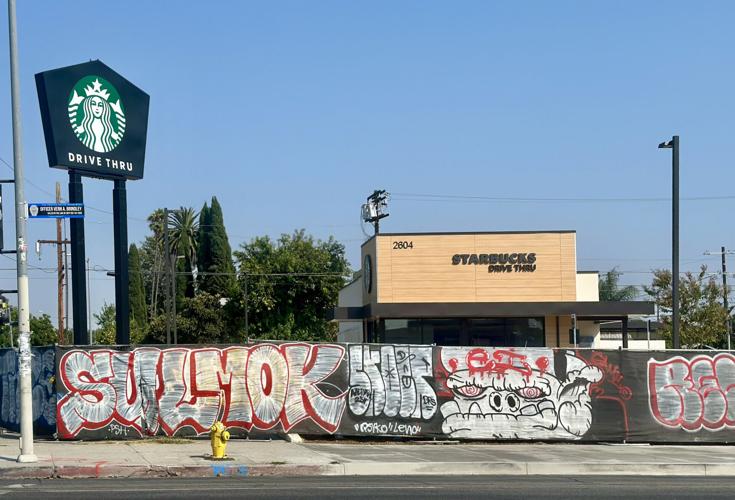
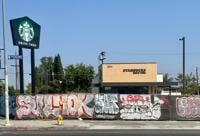

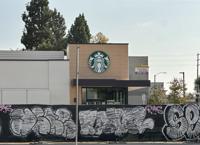

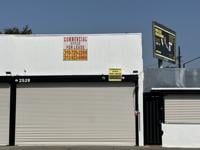

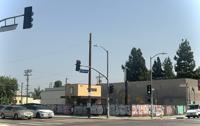

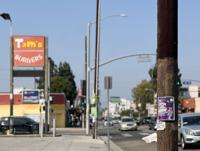

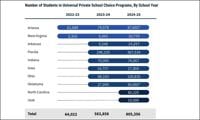

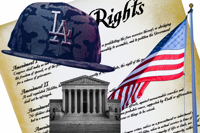



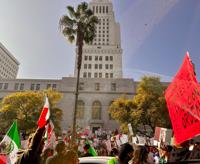
(0) comments
Welcome to the discussion.
Log In
Keep it Clean. Please avoid obscene, vulgar, lewd, racist or sexually-oriented language.
PLEASE TURN OFF YOUR CAPS LOCK.
Don't Threaten. Threats of harming another person will not be tolerated.
Be Truthful. Don't knowingly lie about anyone or anything.
Be Nice. No racism, sexism or any sort of -ism that is degrading to another person.
Be Proactive. Use the 'Report' link on each comment to let us know of abusive posts.
Share with Us. We'd love to hear eyewitness accounts, the history behind an article.